What Does a Rotisserie Chicken Have in Common With the Apollo Spacecraft?
And other facts you may not know from the Apollo missions.
 This story is part of our celebration of the 50th anniversary of the Apollo 11 mission. View the rest of our special coverage here.
This story is part of our celebration of the 50th anniversary of the Apollo 11 mission. View the rest of our special coverage here.
On July 16, 1969, Apollo 11 launched from Cape Kennedy. We told the story of the women coders who made the mission go smoothly. Now, we take a look back at the technology that made the 12 Apollo missions possible and influenced decades of space travel to come.
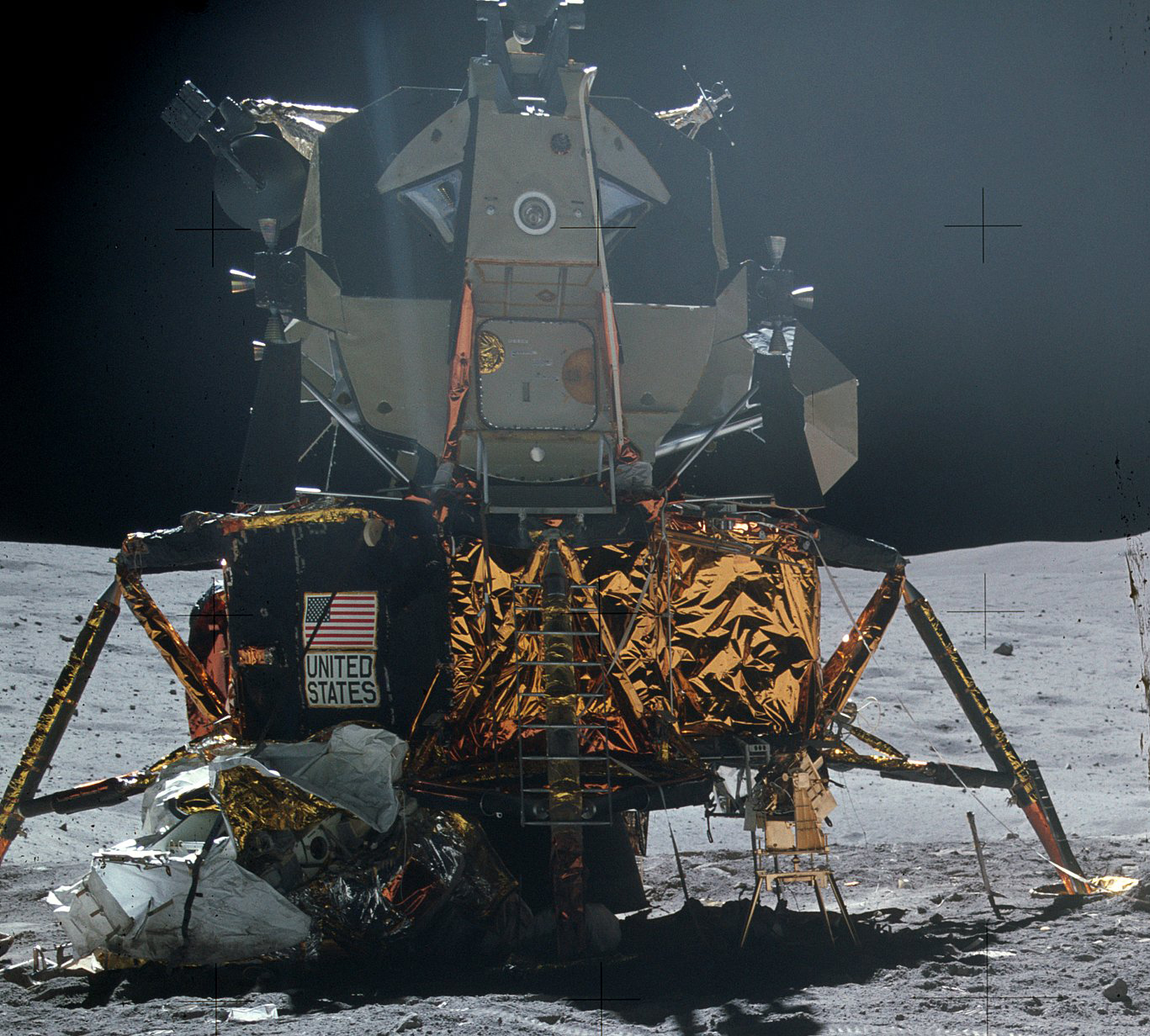
Ever wonder why the Command Module looks like a sleek sports car, while the Lunar Module looks more like a clunky station wagon? That’s because the Command Module needed aerodynamics to help it pierce the Earth’s atmosphere. The Lunar Module, on the other hand, needed no such help landing on the moon, which doesn’t have an atmosphere. Because the engineers didn’t have to worry about including a heat shield or about how the vehicle would move aerodynamically, they had more freedom and flexibility when designing it.
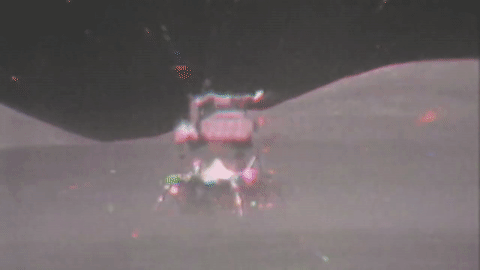
Source: http://www.airspacemag.com/space/we-called-it-the-bug-42154075/?all
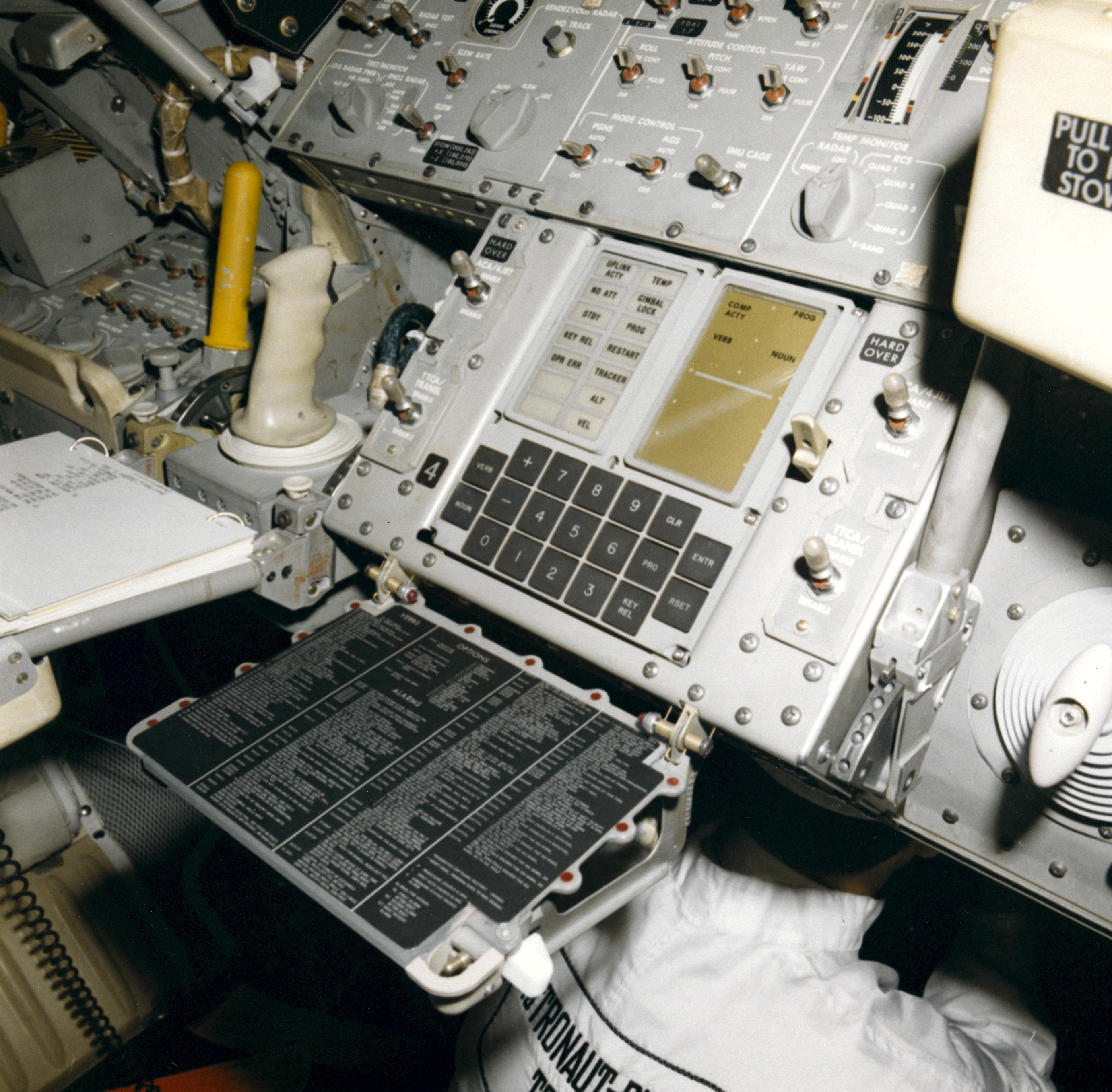
The computers on the Apollo spacecraft were less complex than that Nintendo you got for Christmas in 1989, or even a basic calculator. Yet, these early computers made landing on the moon possible. Astronauts entered in commands using verb-and-noun instructions: a verb to tell the computer to do a specific action, and a corresponding noun on which to do it [i.e. “aim telescope”]. To do that, it only needed 64 kilobytes of memory and operated at 0.043MHz.
Source: http://www.computerweekly.com/feature/Apollo-11-The-computers-that-put-man-on-the-moon
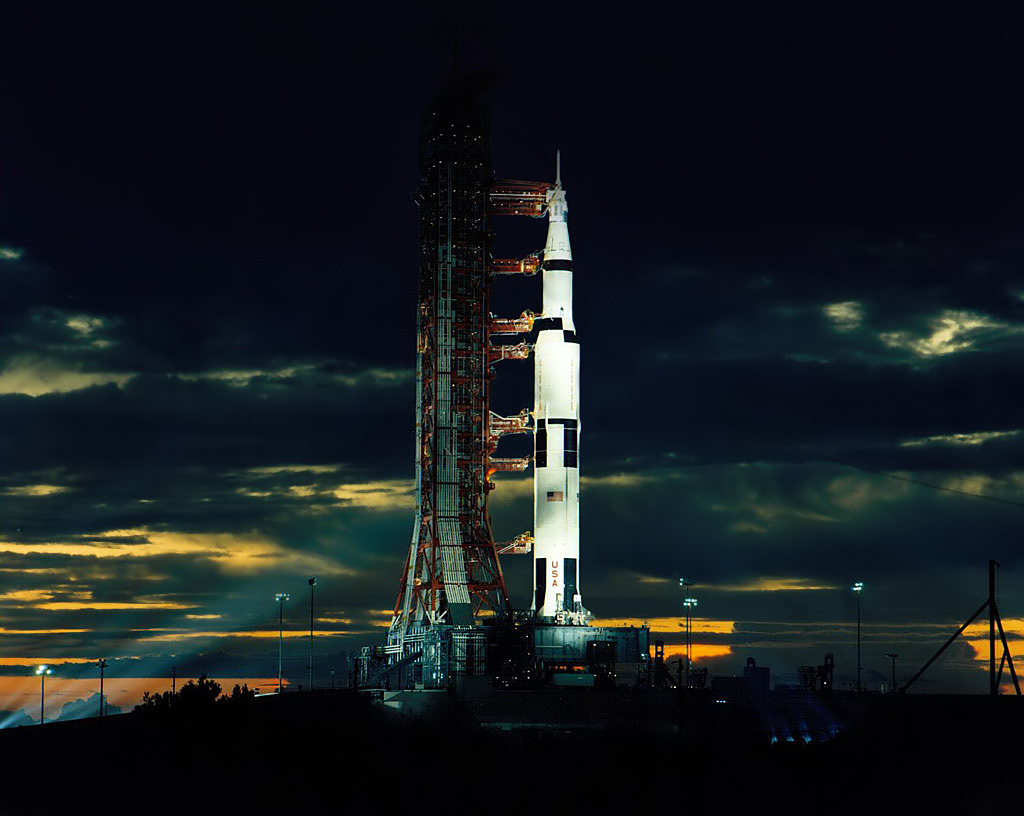
The Saturn V, which NASA began using in the mid-1960s, was the launch vehicle that carried the 12 Apollo missions into space. It measured at 363 feet in height, and when loaded for liftoff—that is, stocked with all of its fuel and the Apollo spacecraft—it weighed 6.2 million pounds. It’s held the title of “tallest rocket” for nearly 50 years, but that will change soon: NASA is currently testing the Space Launch System rocket (384 feet tall) that could hopefully send humans to Mars.
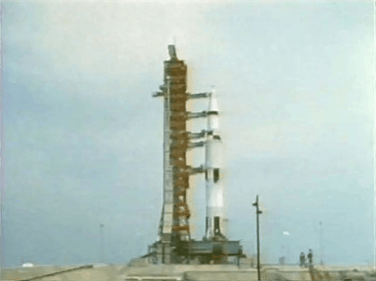
Source: http://www.theverge.com/2014/9/1/6093189/nasa-is-building-the-largest-rocket-of-all-time-for-a-2018-launch, http://www.nasa.gov/audience/forstudents/5-8/features/nasa-knows/what-was-the-saturn-v-58.html
When NASA engineers were first designing the Apollo spacecraft, they imagined it as one giant battleship-sized rocket that would launch from Earth, land on the moon, and return all in one piece. After all, that was the way science fiction had envisioned it. But early on, they realized that a single rocket would be too heavy to launch into space. For every pound of spacecraft, they would need nine pounds of rocket fuel to get it off the ground.
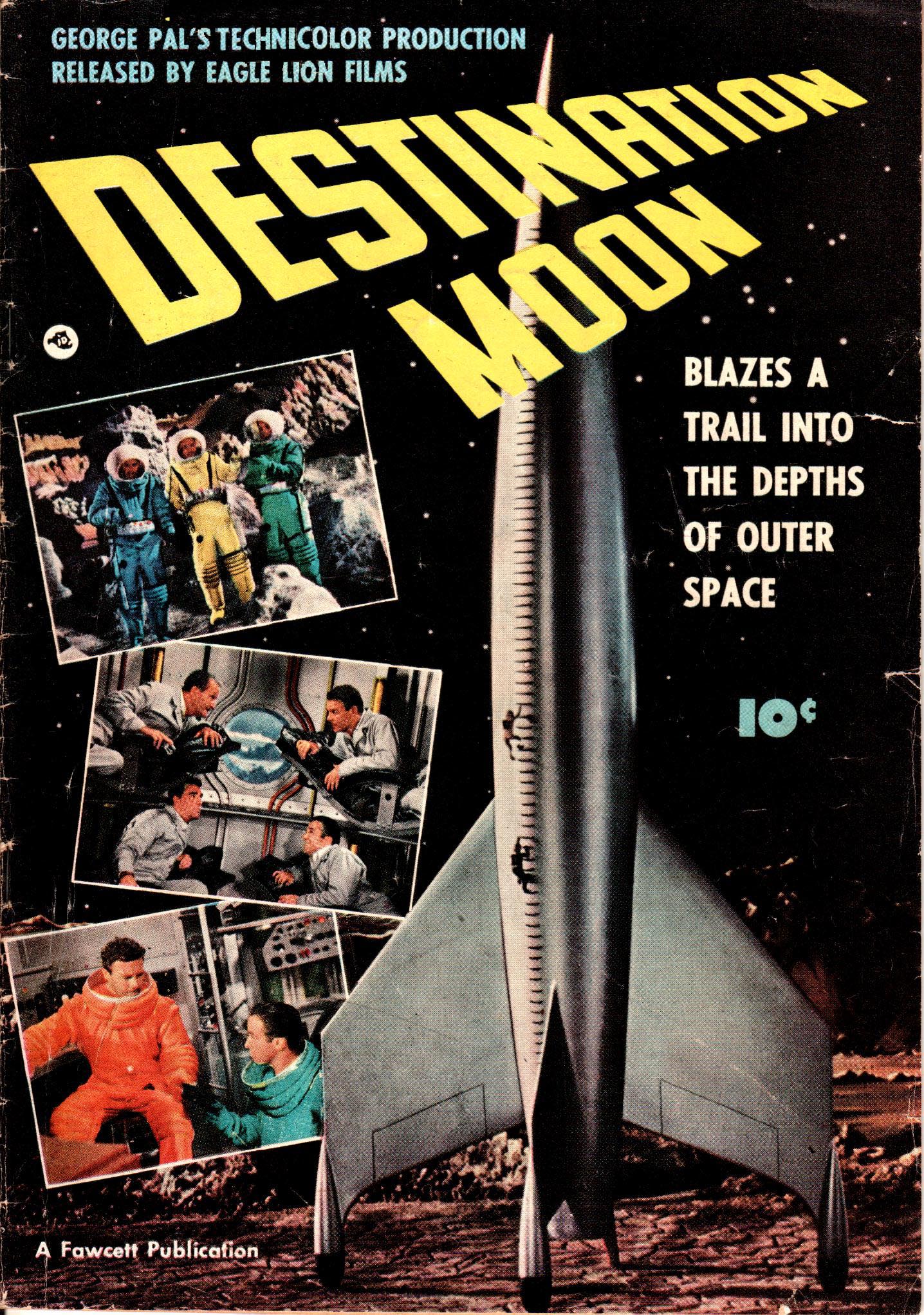
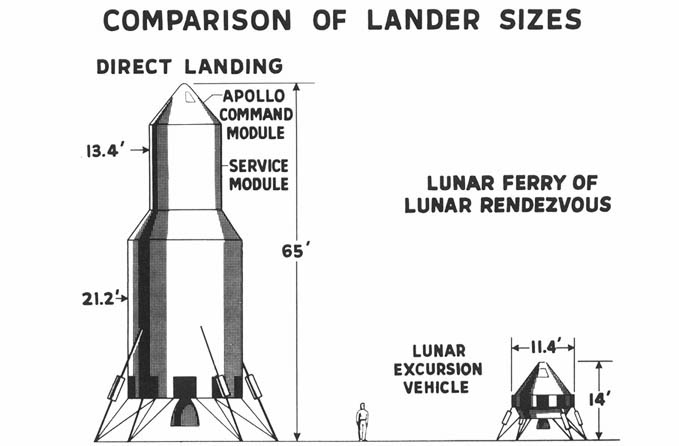
Eventually, NASA came up with the idea for two spacecraft: one to carry the crew up to space and one to land on the moon. The plan to dock them in the moon’s orbit was called Lunar Orbit Rendezvous, and the first successful docking took place between two Gemini spacecraft in 1965.
Source: http://www.nasa.gov/centers/langley/news/factsheets/Rendezvous.html, http://history.nasa.gov/SP-4308/ch8.htm
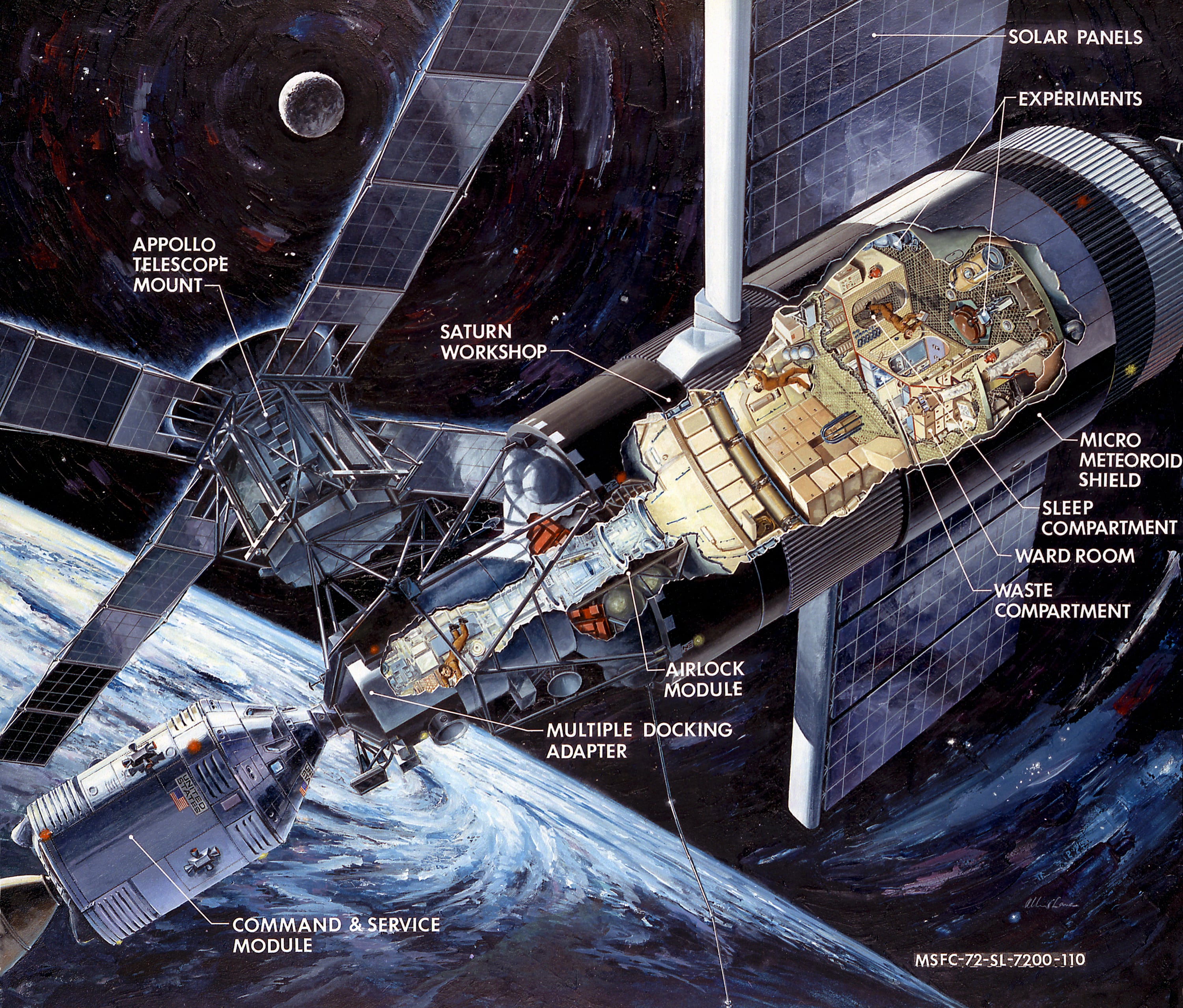
Use of the Command Module wasn’t limited to the Apollo missions. It was later employed as a crew shuttle during Skylab, the first U.S. space station in Earth orbit. NASA, being resourceful as it was, also built the living quarters of Skylab from a recycled stage of the Saturn V rocket, which provided nearly 60 times more space than the Command Module.
Source: http://www.space.com/21055-skylab-space-station-nasa-infographic.html, https://airandspace.si.edu/exhibitions/apollo-to-the-moon/online/apollo-11/about-the-spacecraft.cfm
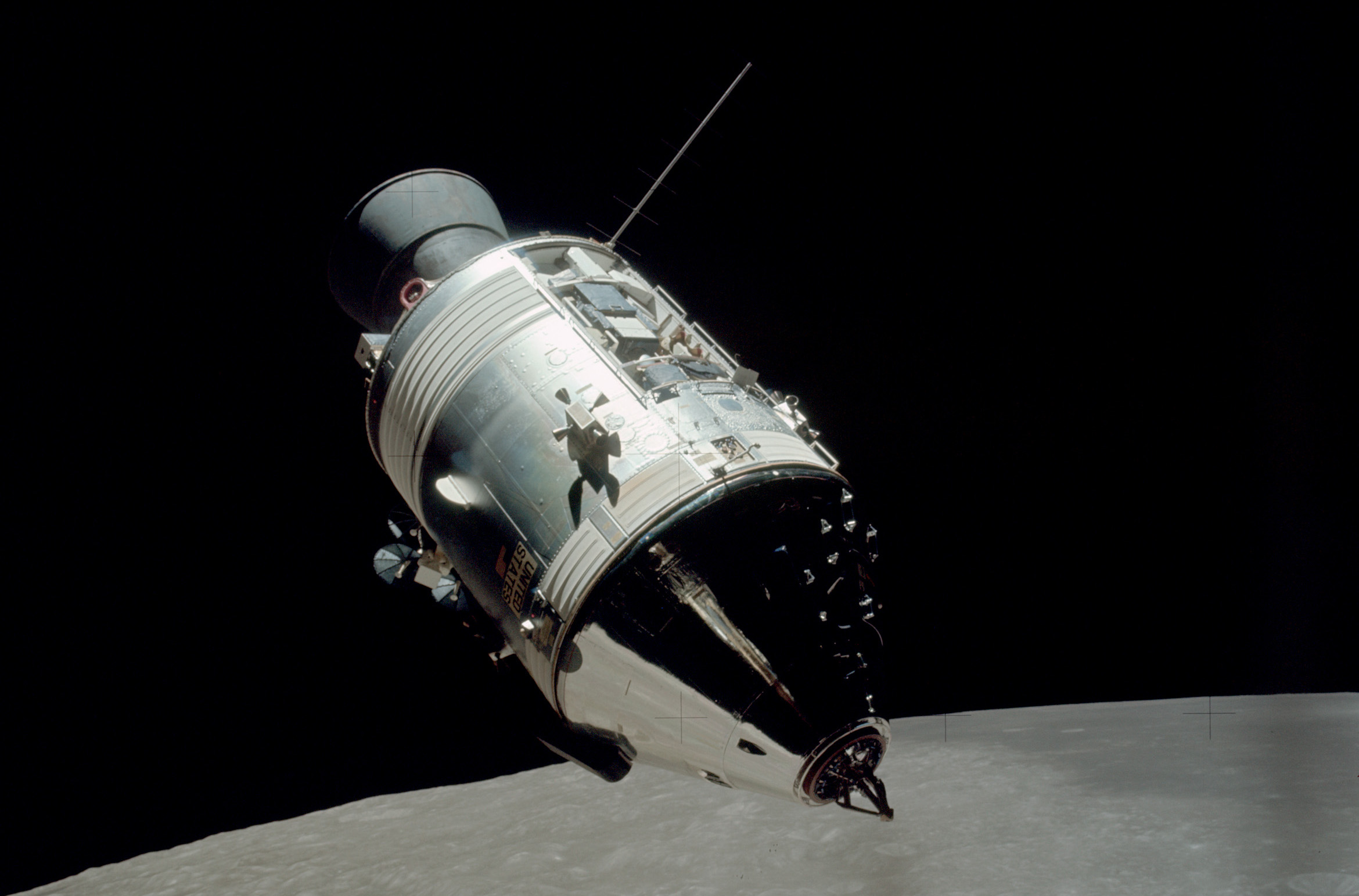
Temperatures in space can fluctuate hundreds of degrees depending on how close and how long an object is exposed to the sun. So to keep the crew and instruments on the ship at a reasonable temperature, the spacecraft would rotate as it traveled through space. This technique was called Passive Thermal Control, but its nickname was “barbecue mode.”
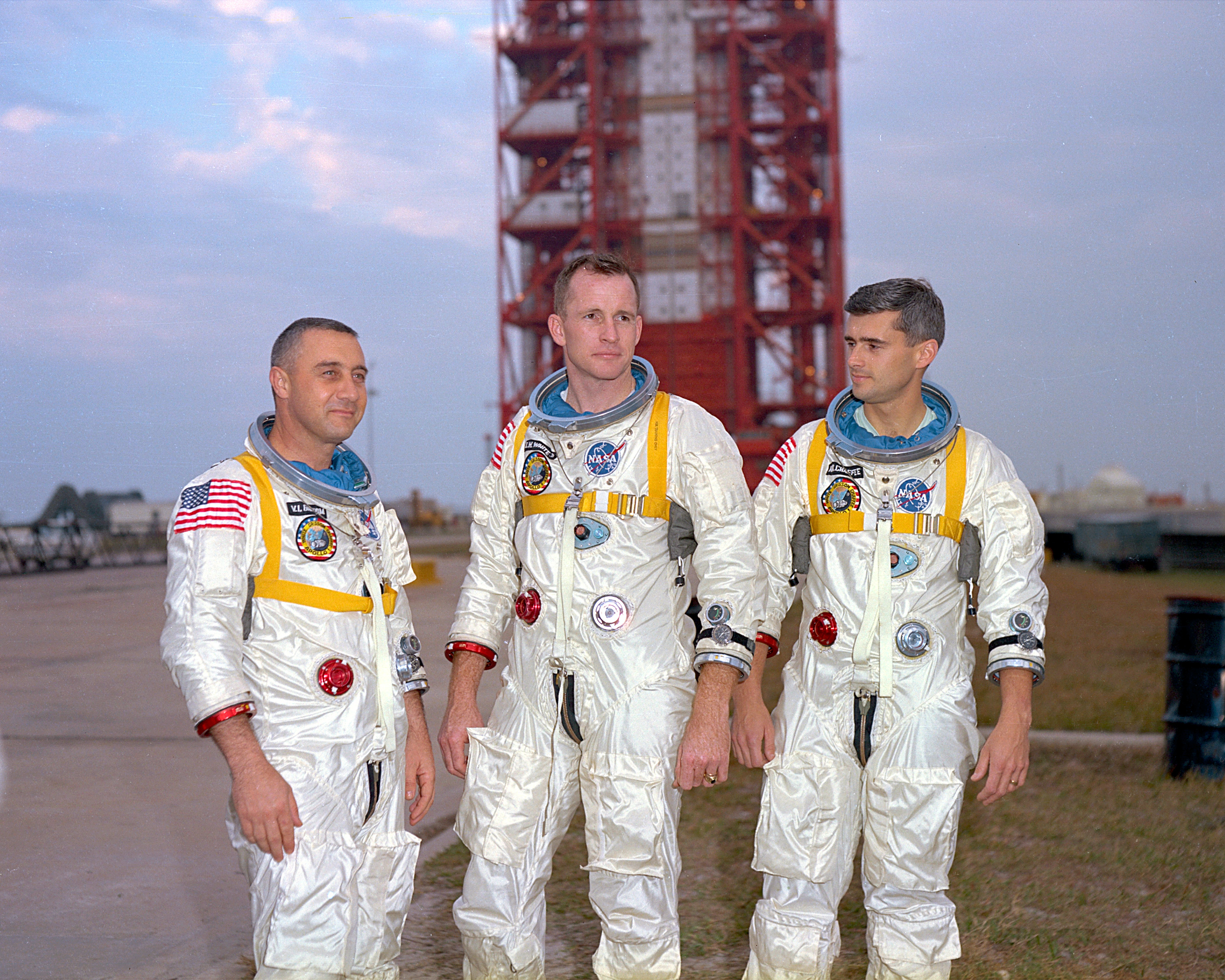
Early on in the Apollo program, a terrible fire killed three astronauts during an Apollo 1 ground test. It was one of the darkest days in NASA’s history. But out of the fire came several improvements to better ensure the safety of astronauts on future missions.
For example, the Apollo 1 hatch opened inwards, and it wouldn’t open if the pressure inside the spacecraft was denser than normal atmospheric pressure (which in this case it was, because of the fire). This, coupled with an overly complicated hatch-opening procedure and the pure oxygen environment inside the capsule, proved fatal for the astronauts. In the next version of the Command Module, an outward-facing and less-complicated hatch was installed, wires were insulated, and an Earth-like atmosphere was simulated inside.
Source: http://www.space.com/14379-apollo1-fire-space-capsule-safety-improvements.html
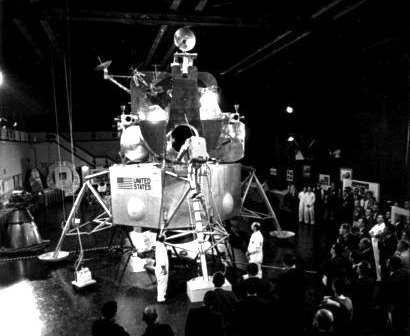
As you can see from this early model of the Lunar Module, the hatch that the astronauts exited to walk on the moon was originally round. But when astronauts were testing it out with a scale model on Earth, they found they couldn’t fit through it with their bulky rectangular backpacks. The design was quickly changed to allow the astronauts to step out and take their historical walk.
Source: https://www.hq.nasa.gov/pao/History/SP-4205/ch6-4.html
That’s because there was no outer handle—and there wasn’t a spare key under the mat, either.
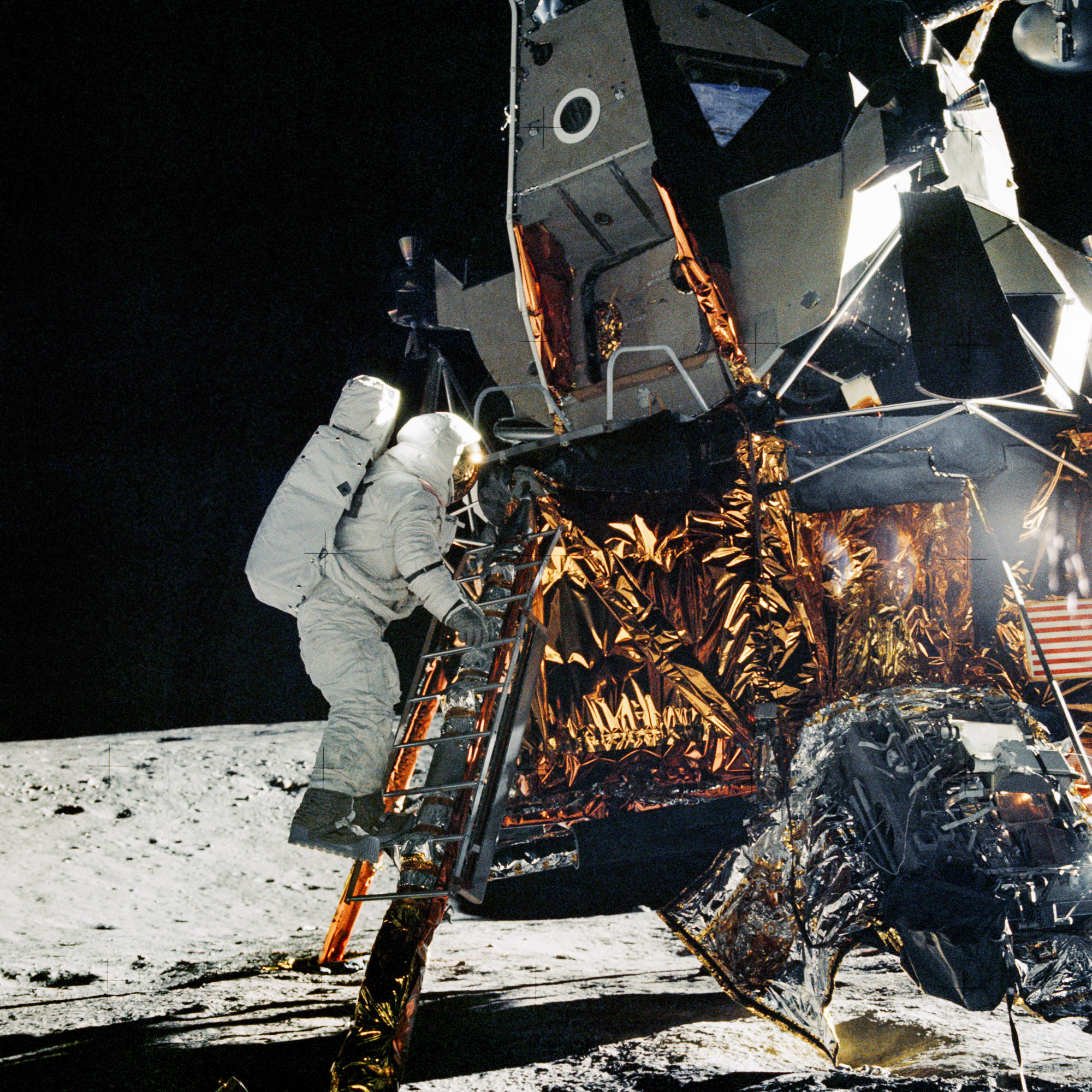
Dee Peterschmidt is a producer, host of the podcast Universe of Art, and composes music for Science Friday’s podcasts. Their D&D character is a clumsy bard named Chip Chap Chopman.
Katie Feather is a former SciFri producer and the proud mother of two cats, Charleigh and Sadie.